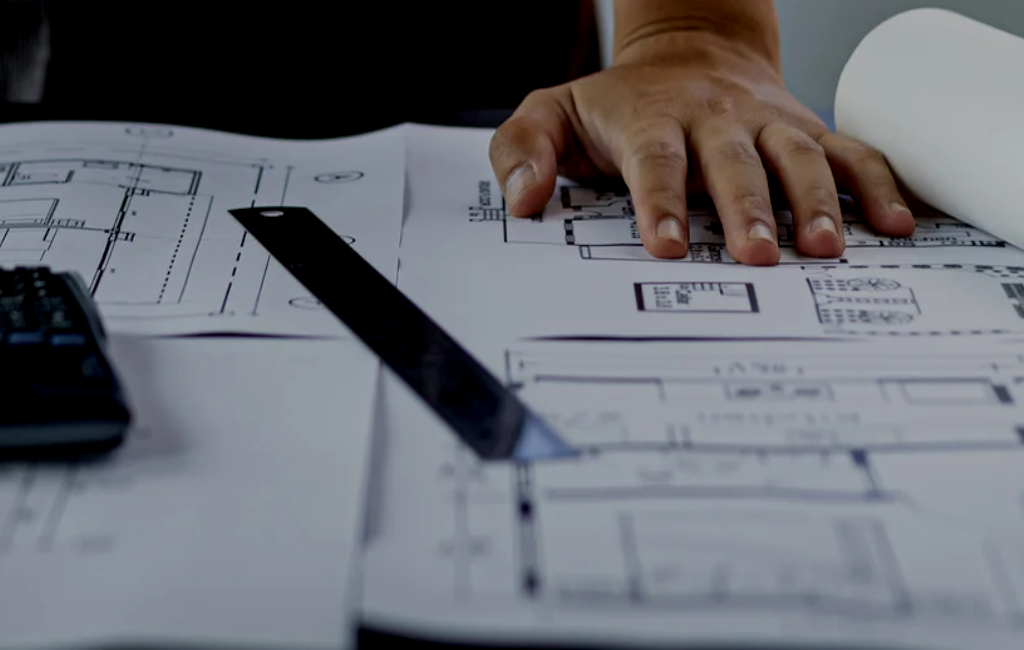
Architect Solutions for Future
-
Table of Contents
- Architect Solutions for Future
- Sustainable Design
- Green Building Materials
- Energy Efficiency
- Smart Cities
- Internet of Things (IoT)
- Mixed-Use Developments
- Resilient Architecture
- Flood-Resistant Design
- Earthquake-Resistant Design
- Adaptive Reuse
- Case Study: The High Line, New York City
- Case Study: Tate Modern, London
- Conclusion
Architect Solutions for Future
As the world continues to evolve, the field of architecture must adapt to meet new challenges and opportunities. This article explores innovative solutions that architects are developing to shape the future of our built environment.
Sustainable Design
Sustainability has become a cornerstone of modern architecture. With growing concerns about climate change and resource depletion, architects are focusing on creating buildings that minimize environmental impact.
Green Building Materials
One approach to sustainable design is the use of green building materials. These materials are sourced responsibly and have a lower environmental footprint. Examples include:
- Bamboo: A fast-growing, renewable resource that is strong and versatile.
- Recycled steel: Reduces the need for new steel production, which is energy-intensive.
- Hempcrete: A bio-composite material that is carbon-negative and provides excellent insulation.
Energy Efficiency
Energy-efficient buildings are designed to reduce energy consumption through various means. Some strategies include:
- Passive solar design: Maximizes natural light and heat from the sun to reduce the need for artificial lighting and heating.
- High-performance insulation: Keeps buildings warm in winter and cool in summer, reducing the need for heating and cooling systems.
- Smart building systems: Use sensors and automation to optimize energy use.
Smart Cities
The concept of smart cities integrates technology and data to improve urban living. Architects play a key role in designing infrastructure that supports this vision.
Internet of Things (IoT)
IoT technology connects devices and systems to create more efficient and responsive urban environments. Examples include:
- Smart lighting: Streetlights that adjust brightness based on activity levels, saving energy.
- Traffic management: Sensors and data analytics to optimize traffic flow and reduce congestion.
- Waste management: Smart bins that monitor waste levels and optimize collection routes.
Mixed-Use Developments
Mixed-use developments combine residential, commercial, and recreational spaces in a single area. This approach promotes walkability and reduces the need for long commutes. Benefits include:
- Increased convenience: Residents have access to amenities within walking distance.
- Reduced traffic: Fewer cars on the road as people can walk or bike to their destinations.
- Enhanced community: Encourages social interaction and a sense of community.
Resilient Architecture
Resilient architecture focuses on designing buildings that can withstand natural disasters and other challenges. This is increasingly important as climate change leads to more extreme weather events.
Flood-Resistant Design
In areas prone to flooding, architects are developing solutions to protect buildings and their occupants. Strategies include:
- Elevated structures: Raising buildings above potential flood levels.
- Flood barriers: Installing barriers to prevent water from entering buildings.
- Waterproof materials: Using materials that can withstand water exposure without damage.
Earthquake-Resistant Design
In earthquake-prone regions, buildings must be designed to withstand seismic activity. Techniques include:
- Base isolation: Separating the building from its foundation to absorb seismic energy.
- Reinforced structures: Using materials and construction methods that enhance structural integrity.
- Flexible designs: Allowing buildings to move with seismic forces rather than resist them.
Adaptive Reuse
Adaptive reuse involves repurposing existing buildings for new uses. This approach conserves resources and preserves historical architecture.
Case Study: The High Line, New York City
The High Line is a prime example of adaptive reuse. This elevated railway was transformed into a public park, providing green space in a densely populated urban area. Benefits include:
- Preservation of history: Retains the historical significance of the railway.
- Environmental benefits: Provides green space and promotes biodiversity.
- Community engagement: Offers a unique public space for residents and visitors.
Case Study: Tate Modern, London
The Tate Modern is another successful adaptive reuse project. This former power station was converted into a world-renowned art museum. Advantages include:
- Cultural enrichment: Provides a space for art and cultural events.
- Economic impact: Attracts tourists and boosts the local economy.
- Sustainability: Reduces the need for new construction and conserves resources.
Conclusion
The future of architecture lies in innovative solutions that address sustainability, technology, resilience, and adaptive reuse. By embracing these approaches, architects can create buildings and cities that are not only functional but also enhance the quality of life for their inhabitants. The examples and strategies discussed in this article highlight the potential for architecture to shape a better future for all.
- Exploring the Perks of CBD Oil for Aging Dogs and Joint Inflammation Alleviation
- Exploring the Benefits of CBD Oil for Aging Dogs and Joint Inflammation Relief
- Uncovering the Magic of Medicinal Mushrooms in Your Early Morning Mug
- Exploring Adaptogenic Features of Mushrooms in Your Daily Brew
- ** CBD for Steeds: A Comprehensive Overview to Natural Pain Relief **.